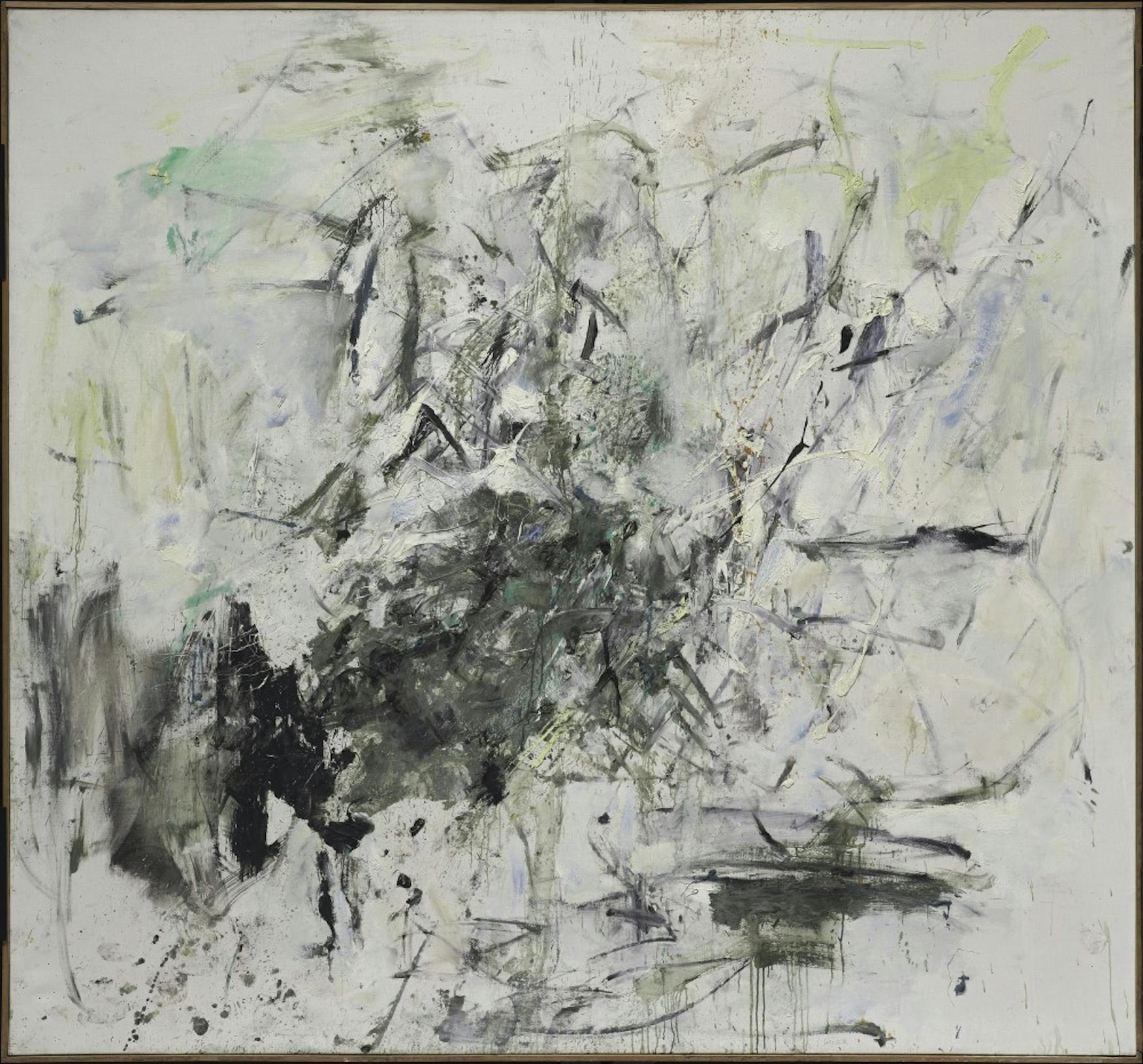Contemporary galleries invite contemplation
Art rooted in the political is not a new trope. Even in the time of the Old Masters, it seems like the political climate of the time seeped into each painting. Whether it requires the decoding of colors (a martyr in a painting, for example, clothed in the colors of the governing power — think Francisco Goya’s “The Third of May 1808”) or a figure’s striking resemblance to a monarch, art is latent with political opinions, some more obvious than others. There is nothing inherently negative about political art. However, what is negative is using politics as a crutch to make art relevant and reassert the importance of art — the ‘political explanation.’ With the Museum of Fine Art, Boston’s new installations, “Seeking Stillness” and “Mark Rothko: Reflection,” which spans the Linde Family Wing for Contemporary Art, the Museum falls prey to the ‘political explanation,’ weighing on the wonderful works shown.
Entering the first gallery, we are ensconced in a world of ritual and religion. In front of us is “Confessional,” a wooden and wire mesh sculpture by Martin Puryear, and to the right is one of the mannerist masterpieces from the Museum’s permanent collection, Rosso Fiorentino’s “Dead Christ with Angels.” Two early John Cage compositions play throughout the gallery, reinforcing an air of religious presence and veneration. Puryear’s cradle is a violent interruption on the floor of the gallery, obstructive and dark, evoking the sins of body and mind one may utter in a Catholic confessional. This sits in satisfying juxtaposition to the makeshift walls that create an altar, of sorts, to the romantic, soft Fiorentino — a physical space to experience and contemplate. This gallery is deliciously seductive, playing with the presence of drama in the religious space.
Continuing to the next space of the Wing, we are welcomed to a delightfully open gallery focusing on the meditative practice the creation of art allows. Korean artist Ha Chong-Hyun thrusts us into her space of creation in “Conjunction 15-214” as we follow each scrape of oil paint down the hemp burlap. We see where the oil from the paint has bled into the burlap, feel the force of her practice as she pushed the white paint through the burlap and pulled it down the canvas. Across the way is a Mayan shell paint container, which is curved to the shape of an artist’s hand. Both works present us with an artist’s most intimate moment — their moment of contemplation and meditation as they created their work. We can feel the clutch of the Mayan artist as they held the paint vessel as they worked. Our backs ache imagining the pressure of pushing oil paint through the stitching of burlap as Ha’s must have.
Walking into the final section of “Seeking Stillness” with the phantom feelings of the meditative, visceral process, we are drawn out into the broader world of creation and contemplation in nature as presented in art. Centered in the gallery is Zhan Wang’s “Artificial Rock #85,” a chrome plated, stainless steel megalith. Wang’s piece speaks to the tradition of the scholar’s rock in China, in which rocks were valued for their resemblance to mountains, places of meditation and heightened spiritual connection. Walking around this masterpiece, the craft is as lulling and magnanimous as the spirit it references. A Joan Mitchell on the wall, “Chamonix,” visually reinforces the idea of the mountain while beautiful Edward Weston photographs of Carmel, California pull this spirituality out to a wider landscape.

However, as “Seeking Stillness” ends, the final room of the Wing is occupied by a Mark Rothko retrospective, much of which is on loan from the National Gallery of Art, titled, “Mark Rothko: Reflection.” The art itself is as seductive and portal-like as we can hope from a Rothko show. Especially inviting are a few rarely seen pieces, including the sweet melon and cream canvas, “Untitled” from 1955. However, no matter how lovely each Rothko experience is, should it really be the title exhibition in a contemporary gallery for current artists? Mark Rothko has been dead since 1970 — surely he is not a practicing, contemporary artist. Rather, the Museum of Fine Arts has patted itself on the back for this decision — placing an oft-acclaimed artist’s work in the contemporary gallery instead of a current artist under the trite explanation that these works are ever more important given our “current political climate” (as Ann and Graham Gund Director, Matthew Teitelbaum explained in a press preview on Tuesday Sept. 19). First of all, Mark Rothko had no idea of the political climate in 2017 when he was creating his transcendent work. Secondly, it is unnecessary to bog down Rothko’s work with such a trite, prosaic analysis. His work, as he once remarked, is “not a picture of an experience; it is an experience.” Rothko’s paintings find glory in what they grant as a viewer stands in their presence, and to limit their wonder to “politically relevant in 2017” is obnoxiously reductive.
This being said, the work currently exhibited in the contemporary galleries (until July 1, 2018) is a treat. Each piece is mesmerizing, and the gallery space is beautifully laid out, allowing for space to contemplate, meditate and reflect. However, while perusing the galleries, perhaps visitors should note today’s political climate and how it is important now more than ever to support contemporary artists, and maybe save the Rothkos for another time (no disrespect intended of course, Mr. Rothko).
—Editor's Note: The copyright details of "Chamonix" by Joan Mitchell have been edited to reflect the Joan Mitchell Foundation's role in the copyright of images of Mitchell's work.



Please note All comments are eligible for publication in The Justice.